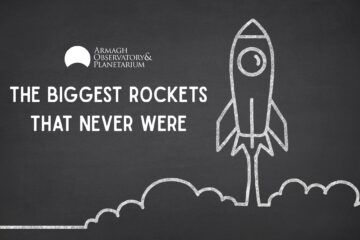Those of you who have been on this planet for longer than a few decades may recall the early days of the space age, when rocket launches were far from commonplace and each probe launched promised to do something fundamentally new: the first satellite to orbit the Earth, the first human in space and so on. Such was the case for Luna 3 (pictured below), launched from the Baikonur cosmodrome on 4th October 1959, exactly two years after the launch of Sputnik 1 from the same location. Upon takeoff, the craft was immediately put onto a wide orbit, reaching more than 250,000 miles from the Earth. The plan was to travel just beyond the Moon and take pictures of its far side, thus far unseen by human eyes owing to a quirk of nature that has the moon spinning on its axis at precisely the pace it orbits the Earth.

The mission turned out to be a bit of a cliffhanger. Radio contact with the probe was initially erratic and there were indications that it was overheating, threatening to put an abrupt and premature end to the mission. But the probe survived, getting behind the Moon on October 7th and did what it was supposed to: it automatically pointed its camera on the lunar disk – another first for 1950s technology – and snapped a series of images on photographic film. Initial attempts to scan and transmit the images on Earth were unsuccessful but, as the probe was gradually approaching the Earth, signal strength increased and finally some 17 images were received by ground stations over a period of a few days. Contact was finally lost on 22 October 1959.

Τhe received images were of low quality (see above) but did show one important and unexpected difference between the near and far side. Apparently, the far side hosted far fewer of the dark regions or “mare” (latin for “sea”) of the near side. Today we know that the moon’s crust is thinner on the near side, making it easier for objects hitting the moon to punch through it and allow molten lava from deep inside to ooze out, creating the vast lava plains that we now call seas. To this date, there is no consensus among scientists on why crust thickness is different between the near and far sides.
As a final note, this anniversary is special for one more reason: Lately, the moon’s far side has been hosting its first ever visitor from Earth, China’s Chang’e 4 lander and the Yutu-2 rover. Both lander and rover have been investigating the interior of Von Carman crater since last January and have already made fundamental discoveries about the origin of our natural satellite, building on the legacy of pioneering missions like Luna 3 60 years hence.



0 Comments